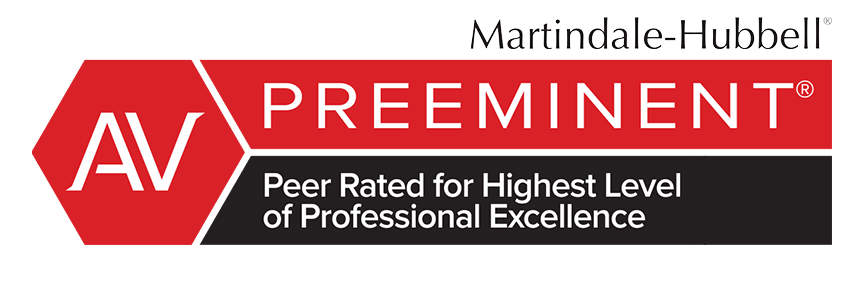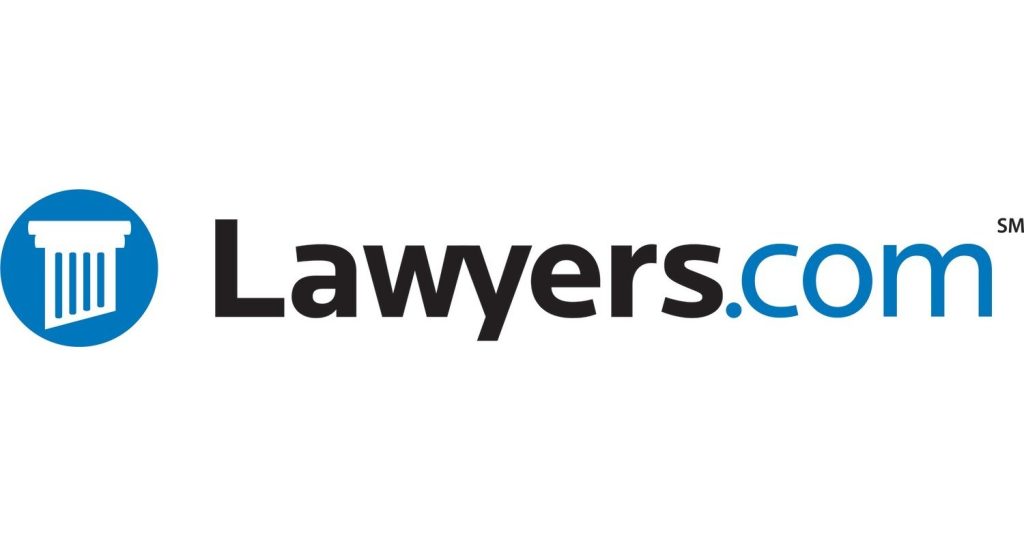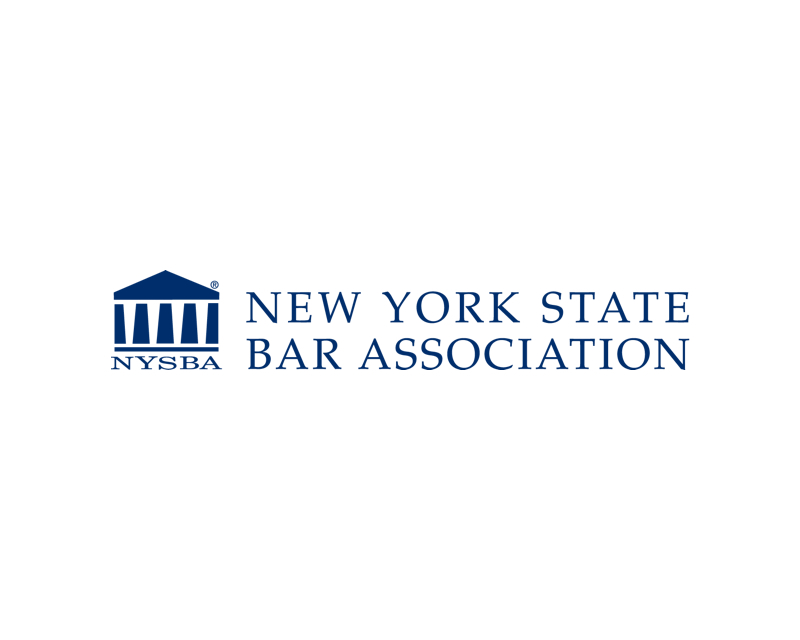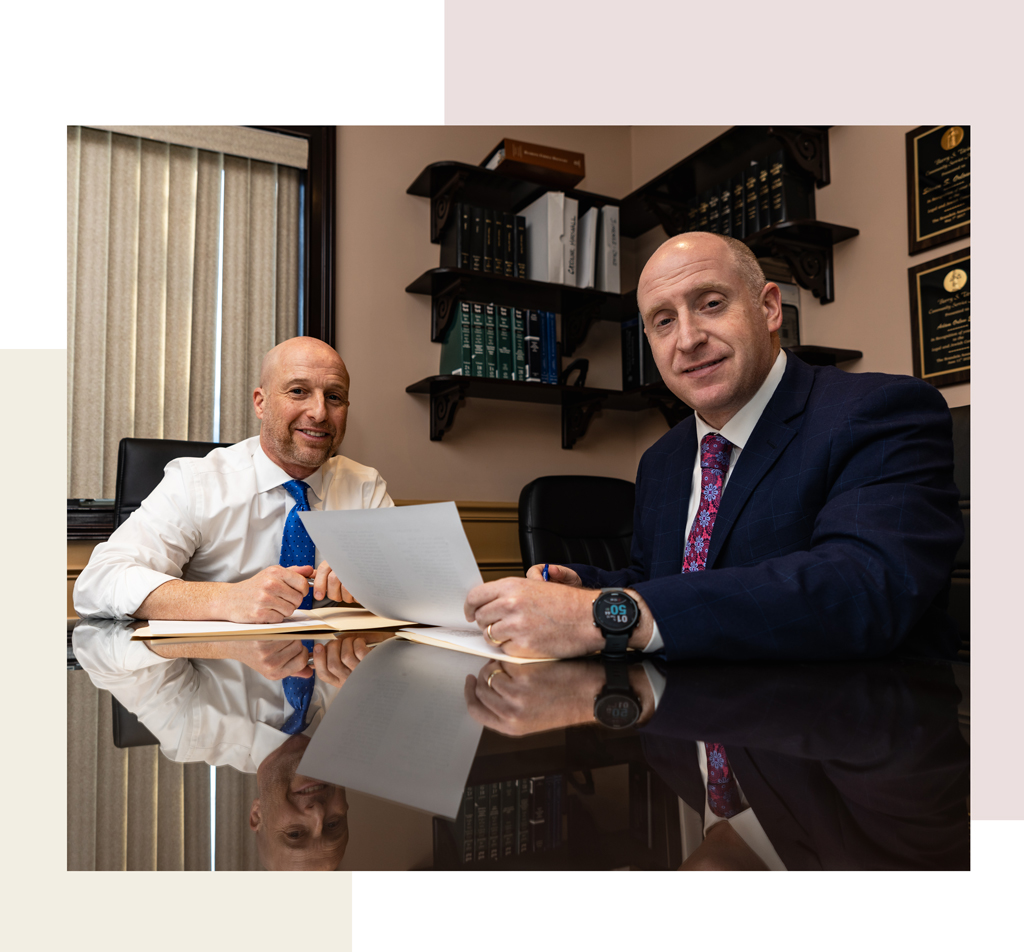Experienced Distracted Driving Accident Lawyers in New York City
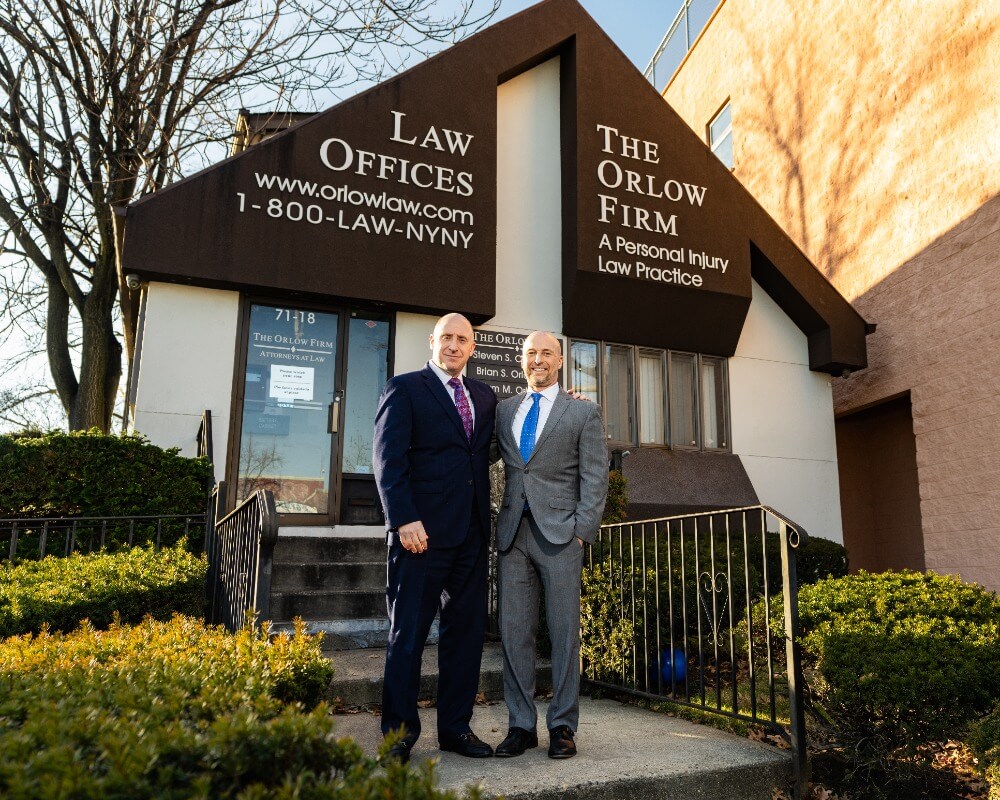
At The Orlow Firm, New York City Distracted Driving Accident Lawyers are here to help you when distractions on the road lead to injury and loss. Our team understands the challenges of city traffic and the toll that an accident can take on your life. We know that distracted driving claims must address not only the physical injuries but also the emotional impact and financial burden you may face.
Our experience in New York City means we recognize local traffic patterns and borough-specific issues that contribute to distracted driving accidents. We work closely with clients and local experts to secure the coverage and compensation you need to move forward. When you choose us, you gain a team that listens, supports, and stands by you through every step of your claim.
Contact our office today for a free consultation and learn how we can help turn your difficult situation into a path for recovery. Call now at (646) 647-3398 to discuss your case with a caring legal team.
Why Choose Us for Your Distracted Driving Accident Claim
When you are injured in a distracted driving accident, you need a firm that understands the unique challenges of New York City traffic and local laws. We work hard to guide you through the claims process with compassion and clear communication. Our legal team listens to your concerns and builds a strong case tailored to your situation.
Below are a few reasons why our team is a strong choice for your claim:
- Local Experience: We are familiar with NYC traffic, court systems, and local regulations, which helps us build effective cases.
- Personalized Service: We treat each client with care, offering solutions that fit your specific needs and circumstances.
- No Upfront Fees: We work on a contingency fee basis so you pay nothing unless we win your claim.
- Strong Advocacy: We are committed to fighting for your rights on your behalf in New York City’s busy legal environment.
Our commitment to you goes beyond just handling paperwork. We work to secure the compensation you may be entitled to, so you can focus on your recovery. If you are ready to move forward with your distracted driving accident claim, contact us today for a free consultation at (646) 647-3398.
Types of Distracted Driving Accident Cases We Handle
At our firm, we represent New York City residents injured in distracted driving incidents. Distracted driving is a serious problem in busy urban areas like NYC, where drivers often face multiple distractions amid heavy traffic and complex road systems. We have handled claims involving a range of distracting behaviors that lead to accidents. Our goal is to help you secure the proper compensation for your injuries and losses.
Below are some common types of distracted driving cases we handle:
- Texting & Phone Use: Cases where drivers engage with their cell phones by texting, calling, or browsing while behind the wheel, increasing the risk of collision.
- In-Vehicle Distractions: Incidents where drivers are diverted by integrated systems like GPS navigation, radios, or other electronic devices during critical moments on the road.
- Non-Electronic Distractions: Accidents resulting from drivers eating, interacting with passengers, or attending to other tasks that draw attention away from driving.
- Commercial Vehicle Distractions: Claims involving drivers of trucks, buses, or delivery vehicles who are distracted by work-related tasks while navigating busy NYC streets.
- Poor Visibility Combined with Distraction: Situations where distractions and adverse weather or low light conditions lead to serious accidents.
If you have been injured in a distracted driving accident, know that you do not have to face your challenges alone. Contact us for a free case evaluation at (646) 647-3398 and let our compassionate team help you get the compensation you deserve.
Proven Results for Injured People
We have a proven record of securing significant compensation for victims of distracted driving accidents in New York City. Our results reflect our commitment to helping injured people receive the financial relief needed to cover medical expenses, lost wages, and other damages.
Below are a few examples of our case results:
- $997,997: for a driver whose taxi was hit head on by a truck. He injured his back which required surgery.
- $675,000: Client was rear-ended by a tractor trailer. He required arthroscopic surgery for both shoulders.
- $650,000: for a passenger on a motorcycle that was struck by a police car. She suffered multiple injuries, including a fractured jaw that required surgery.
- $650,000: for a woman who was a passenger on a bus that was struck by a tractor trailer. She injured her hand and shoulder, both requiring surgery.
- $485,000: for a client who was changing the tire on his vehicle when he was struck by another vehicle. His big toe was badly damaged and needed to be amputated.
These results testify to our dedication in handling complex distracted driving accident cases in the challenging environment of New York City. If you have been injured in a distracted driving accident, contact our legal team immediately for a free consultation at (646) 647-3398.
New York Laws and Regulations Affecting Distracted Driving Accident Claims
New York law has strict rules that affect distracted driving accident claims. State and city regulations clearly prohibit texting or using a cell phone while driving unless a hands-free option is in use. These rules also focus on preventing distractions in busy areas such as Manhattan and other NYC boroughs where traffic is heavy. Violations of these laws often play a central role in determining liability after an accident.
In New York, even a minor lapse in attention can be viewed as negligence. Courts carefully examine whether a driver violated state regulations or local ordinances, which can include rules specific to school zones and construction areas. A distracted driver may be found liable if their actions fall short of the standard of care expected in New York City traffic conditions.
Legal claims for distracted driving accidents are influenced by these regulations. Evidence such as traffic camera footage, witness statements, and official reports may be used to show that the driver was distracted at the time of the accident. Our firm understands how local laws and court systems work. We work to ensure that every detail is carefully considered to build a strong case on your behalf.
If you have been injured in a distracted driving accident, our dedicated team is ready to help you navigate New York’s complex laws and secure the compensation you may be entitled to. Please call us today for a free consultation at (646) 647-3398.
Common Causes of Distracted Driving Accident Incidents
Distracted driving can lead to serious collisions in New York City. Many drivers lose focus on busy roads and gridlocked streets. Various factors can make distraction a common cause of accidents.
Below is a list of common causes of distracted driving accident incidents:
- Texting or Using a Smartphone: Sending messages, browsing social media, or using apps while driving diverts attention from the road.
- Navigational Distractions: Adjusting GPS settings or checking maps can lead to momentary loss of focus during heavy traffic.
- Eating or Drinking: Handling food or beverages takes hands off the wheel and eyes off the road.
- Interacting with Passengers: Engaging in long conversations or disputes with passengers can distract drivers.
- Handling In-Car Technologies: Adjusting the radio, climate control, or other dashboard features can divert attention away from driving.
- Fatigue and Drowsiness: Lack of sleep or long hours behind the wheel reduces a driver’s ability to concentrate.
Each of these distractions can have serious consequences in New York City’s busy driving environment. If you or a loved one has been injured in a distracted driving accident, our experienced team is ready to help you navigate your claim. Contact us today for a free consultation at (646) 647-3398.
Common Injuries in Distracted Driving Accident Cases
Distracted driving accidents can result in a wide range of injuries. These injuries may affect your physical health, emotional well-being, and ability to work. Many victims face high medical expenses and long-term recovery challenges. Below are some common injuries seen in distracted driving accident cases in New York City:
Below are some common injuries witnessed in these cases:
- Traumatic Brain Injuries (TBIs): Accidents can cause concussions or more severe brain trauma due to sudden impacts.
- Spinal Cord Injuries: Damage to the spinal cord may lead to limited mobility or paralysis, affecting daily life in significant ways.
- Fractured Bones: High-impact collisions may result in broken arms, legs, ribs, or other bones that require extended treatment.
- Soft Tissue Injuries: Whiplash, sprains, and muscle tears often occur in these crashes and can be painful and debilitating.
- Internal Injuries: Blunt force trauma can damage internal organs, sometimes necessitating emergency surgery.
- Emotional and Psychological Injuries: Anxiety, depression, and post-traumatic stress disorder (PTSD) are common following serious accidents.
- Facial Injuries: Lacerations, broken facial bones, and other trauma can occur during collisions.
Each case is unique, and the full impact of these injuries may not be immediately apparent. If you have been injured in a distracted driving accident in New York City, our team is here to help you seek the compensation you deserve. Contact us today for a free case evaluation at (646) 647-3398.
Steps to Take After a Distracted Driving Accident Incident in New York City
- Ensure Safety: Move to a safe location away from traffic if possible and check for injuries. Call 911 immediately if anyone is hurt.
- Seek Medical Attention: Even if injuries seem minor, visit a hospital or urgent care center for a full evaluation. Your health is the priority.
- Notify the Authorities: Report the accident to the police. A police report is often critical for your distracted driving accident claim.
- Document the Scene: Take clear photos and videos of the accident scene, vehicle damages, and any visible injuries. Record the date, time, location, and weather conditions.
- Gather Witness Information: Obtain names and contact details of any bystanders who saw the accident. Their statements may help establish the facts of your case.
- Avoid Admissions: Do not discuss fault or make statements to insurance adjusters without consulting a lawyer. Your words could affect your claim.
- Contact a Lawyer: Reach out to a New York City distracted driving accident lawyer as soon as possible to review your case and advise on the next steps.
Taking these steps immediately helps protect your rights and builds a strong foundation for your claim. If you were injured in a distracted driving accident in New York City, contact our team for a free consultation at (646) 647-3398. We are ready to provide the guidance and support you need.
Establishing Liability in Distracted Driving Accident Cases
Establishing liability in distracted driving accident cases is a vital step in building your New York City claim. In these cases, we work to clearly show that the other driver’s negligence directly caused your injuries. This process often involves gathering detailed evidence from multiple sources and analyzing the facts of your case.
We begin by looking at the distracted behavior of the driver at the time of the accident. This can include texting, talking on the phone, using in-car technologies, or any activity that took their focus away from the road. Evidence plays a key role in proving distraction. Common evidence includes:
- Witness Statements: Testimonies from other drivers or pedestrians that observed the accident.
- Accident Scene Documentation: Photographs, video footage, and diagrams showing the position of vehicles and road conditions.
- Police Reports: Official documents that detail the circumstances of the crash and any noted distracted behavior.
- Electronic Data: Mobile phone records or dashcam videos that can reveal driver activity prior to the accident.
- experienced Analysis: Evaluations from accident reconstruction experts who examine the details of the collision.
Collecting and analyzing this evidence creates a clearer picture of how the accident happened. In New York City, where traffic is busy and distractions are common, proving that a driver was not fully attentive is key to building a strong case. This also helps in countering any claims of shared fault under New York’s comparative negligence law.
Our legal team carefully reviews every piece of evidence to connect the dots between the distracted behavior and your injuries. We then use our findings to clearly establish liability. This approach not only strengthens your claim but also helps in negotiating fairly with insurance companies.
If you need help proving liability in a distracted driving accident case, contact us for a free consultation. Let our experienced team guide you through every step of the process. Call us today at (646) 647-3398 for a free case evaluation.
Damages You Can Recover
Damages you can recover in a distracted driving accident claim are designed to help cover both your immediate expenses and long-term losses. After an accident in New York City, you may be entitled to compensation for economic and non-economic damages. It is important to understand the wide range of recovery options available to help you restore your quality of life.
Below is a list of common damages you may recover:
- Medical Expenses: Costs for emergency care, hospitalization, surgeries, physical therapy, medications, and any future treatments required due to your injuries.
- Lost Wages: Compensation for income lost during your recovery as well as potential future earnings affected by your injuries.
- Pain and Suffering: Damages for the physical discomfort and emotional distress you experience as a result of the accident.
- Property Damage: Reimbursement for repairs or replacement of your vehicle and other personal property damaged in the collision.
- Loss of Enjoyment of Life: Compensation for the impact your injuries have on your ability to enjoy daily activities and hobbies.
- Future Expenses: Coverage for long-term rehabilitation, follow-up treatments, or any ongoing care needs deriving from your accident.
Each case is unique, and the exact damages you can recover will depend on the circumstances of your accident. If you have been injured in a distracted driving accident in New York City, our team is ready to help you pursue the full range of damages you deserve. Contact us today for a free case evaluation at (646) 647-3398.
How We Maximize Compensation for Distracted Driving Accident Victims
At The Orlow Firm, we work hard to secure full compensation for victims of distracted driving accidents in New York City. We focus on every detail to build a strong case and pursue all available damages. Our approach includes careful review, thorough investigation, and aggressive negotiation with insurance companies.
We use a variety of methods to maximize your compensation. Our process begins with a complete evaluation of your accident and the resulting losses. We collect essential evidence and document your injuries. We also calculate both economic and non-economic damages, including medical bills, lost wages, pain, and suffering. Our team leverages local experience in NYC traffic and local laws to strengthen your claim.
Our key strategies include:
Below is a summary of our tactics to maximize your compensation:
- Case Evaluation: We review all details from the accident to understand your situation fully.
- Evidence Collection: We gather cell phone records, dash cam footage, witness statements, and police reports to support your case.
- Damage Assessment: We document all losses such as medical expenses, lost income, and non-economic damages like pain and suffering.
- Aggressive Negotiation: We negotiate firmly with insurance companies to secure a fair settlement.
- Litigation Readiness: We are prepared to take your case to trial if a fair settlement cannot be reached.
- Local experience: Our deep understanding of NYC traffic and local court systems benefits your claim every step of the way.
Our dedication drives us to carefully review every aspect of your case so that no detail is overlooked. By understanding your unique losses and applying proven strategies, we work to secure the compensation you may be entitled to. Please call us today for a free consultation at (646) 647-3398 and let our team fight for your rights.
Statute of Limitations and Deadlines in New York
When you are injured in a distracted driving accident, time is of the essence. In New York, you must file your personal injury claim within a specific time frame. Missing a deadline may bar you from seeking compensation for your injuries.
New York State law typically gives you three years from the date of the incident to file a personal injury lawsuit. However, there are important exceptions to note:
- Personal Injury Claims: The standard deadline is three years from the accident date.
- Government-Related Claims: If your claim involves a government entity, you may need to file a notice of claim within 90 days, which is a separate requirement.
- Wrongful Death Claims: These also follow a three-year deadline, starting from the date of the fatal accident.
- Other Exceptions: Certain cases may have unique deadlines, so it is critical to act quickly and consult with a lawyer.
It is important to understand that these deadlines can vary based on the facts of your case and whether any federal or local rules may apply. New York City courts handle a high volume of personal injury cases, which makes strict adherence to these deadlines even more crucial.
Do not delay in seeking legal advice. Contact us immediately if you have been injured in a distracted driving accident. Our team will review your case and help you meet all necessary deadlines to protect your rights. For a free consultation, call us today at (646) 647-3398.
Local Resources in New York City
- NYC Emergency Services: In any urgent situation, call 911 immediately for prompt medical and police assistance.
- NYPD Information: For incident reports and law enforcement updates, visit the Visit Website.
- NYC Health + Hospitals: Access comprehensive healthcare at one of the city’s many hospitals. More details are available at Visit Website.
- MTA Services: For schedules and routes to nearby medical centers, check the latest transit updates at Visit Website.
- New York State DMV: For questions on driver licensing and vehicle regulations, visit the official site at Visit Website.
These local resources can help you access the support and services you need after a distracted driving accident in New York City. If you have been injured and need legal guidance, contact us today for a free case evaluation. Let our New York City distracted driving accident lawyers assist you with your claim. Call us now at (646) 647-3398.
Frequently Asked Questions
If you have questions about your distracted driving accident claim in New York City, we have answers that may help. Below are some common questions along with clear responses that can guide you as you explore your legal options.
- How do I know if my claim is valid?: If you were injured in an accident caused by a distracted driver, you may have a valid claim. An initial consultation can help determine if you have a strong case.
- How much time do I have to file my lawsuit?: In New York, you generally have three years from the date of the accident to file a personal injury lawsuit. However, certain cases may have shorter deadlines.
- What if I was partially at fault?: New York follows a comparative negligence rule. This means you can still seek compensation even if you share some fault, although your recovery may be reduced based on your percentage of fault.
- Do I have to pay any fees upfront?: No, we work on a contingency fee basis. You pay nothing until we secure compensation for you.
- What types of damages can I recover?: Compensation may cover medical bills, lost wages, pain and suffering, rehabilitation costs, and more. Each case is unique, so the damages you recover depend on your specific losses.
If you have more questions or need guidance on your distracted driving accident claim, don’t hesitate to reach out. Contact our firm today for a free consultation and let us help you secure the compensation you may be entitled to. Call us now at (646) 647-3398.
Contact Us for a Free Consultation
If you have been injured in a distracted driving accident in New York City, you deserve clear answers and strong representation. We know that dealing with the aftermath of a crash can be overwhelming. Our legal team is here to help you understand your rights and explore your compensation options.
Our free consultation gives you the opportunity to discuss your case with attorneys who are committed to guiding you through each step. We work on a contingency fee basis, so you pay nothing unless we win your case. This means you can focus on your recovery while we handle the legal work.
Taking the right steps now can make a difference in your future. Contact us to schedule your no-obligation case evaluation and let our team protect your interests. Call us today at (646) 647-3398 to start the conversation and take the first step toward recovery.



